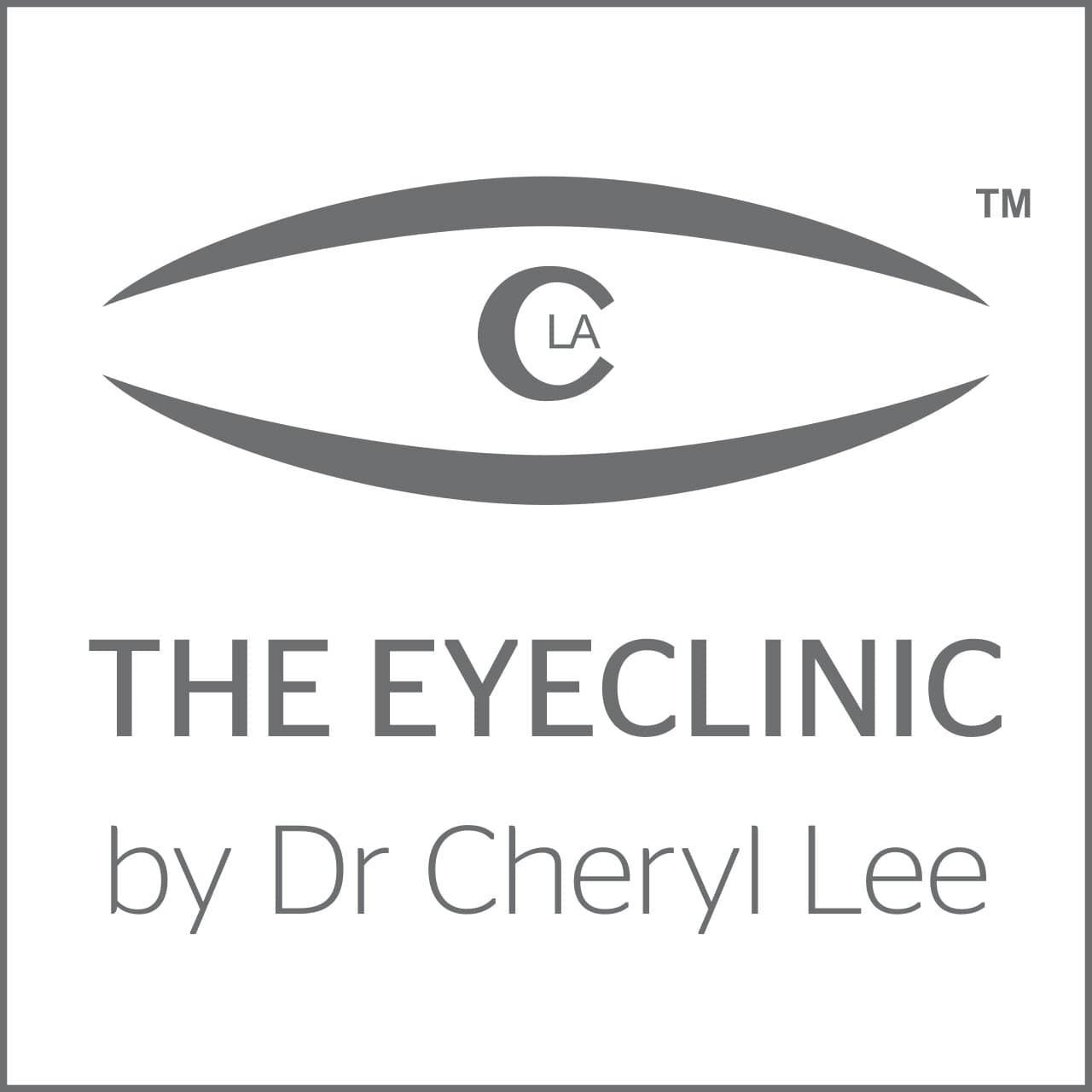Understanding The Causes and Treatments for Dry Eyes
Dry eyes cause discomfort and disrupt daily life. I understand how frustrating it can be to deal with constant irritation, burning, or a gritty feeling in your eyes. You want clear answers and effective solutions. This post breaks down the causes of dry eyes and explores treatments that go beyond just eye drops. Let’s dive in.
Common Causes of Dry Eyes
Dry eyes happen when your eyes do not produce enough tears or when the tears evaporate too quickly. This imbalance leads to inflammation and damage to the eye surface. Here are the main causes:
Aging: Tear production naturally decreases as you get older. This is especially common after age 50.
Environmental factors: Wind, dry air, air conditioning, and smoke can all dry out your eyes.
Screen time: Staring at computers, phones, or TVs reduces blinking, which helps spread tears evenly.
Medications: Some drugs like antihistamines, antidepressants, and blood pressure medicines reduce tear production.
Medical conditions: Autoimmune diseases such as Sjogren’s syndrome, rheumatoid arthritis, and diabetes can cause dry eyes.
Contact lenses: Wearing lenses for long hours can irritate and dry out your eyes.
Post-LASIK surgery: Many people experience dry eyes after LASIK due to nerve disruption in the cornea.
Understanding these causes helps you identify what might be triggering your symptoms. For example, if you spend hours in front of a screen, taking regular breaks and consciously blinking can help. If you live in a dry climate, using a humidifier might reduce dryness.
What doctor is best for dry eyes?
When dry eyes persist, seeing the right specialist is crucial. An ophthalmologist or an optometrist with expertise in dry eye disease can provide a thorough evaluation. They assess tear production, tear quality, and eyelid function to pinpoint the cause.
If you have chronic dry eyes or post-LASIK dryness, seek out a specialist who offers advanced treatments beyond artificial tears. Some clinics focus solely on dry eye management and provide innovative therapies such as:
Intense Pulsed Light (IPL) therapy to improve meibomian gland function
Punctal plugs to reduce tear drainage
Prescription medications that target inflammation
Specialized eyelid hygiene treatments called Blephex
I recommend visiting a dry eyes clinic that specializes in these advanced options. They tailor treatments to your specific condition, offering better relief than generic solutions.

